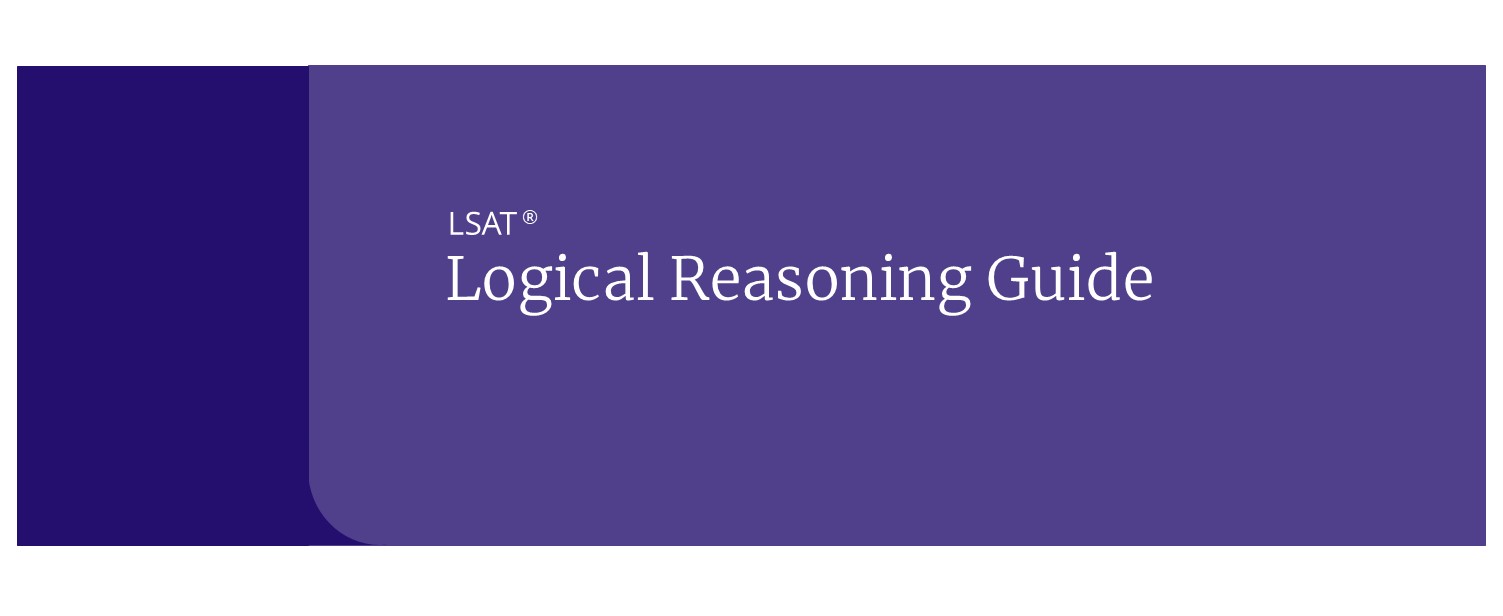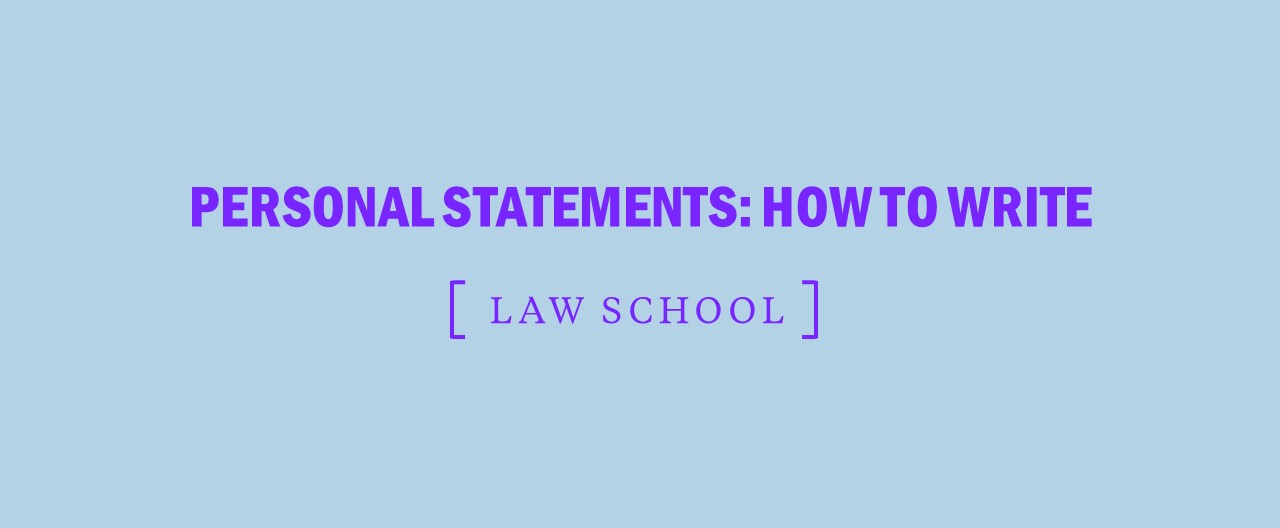Studying for the LSAT: Timing Tips
As you begin your LSAT prep, don’t worry too much about working within timing limits. While you’re trying to develop mastery (which will take a while), you may want to spend more than the average amount of time on a problem type. That’s OK for the first couple of weeks. Just be aware that you’ll have to tighten up the timing soon after.
LSAT Logical Reasoning Timing Tips
You’ll have 35 minutes to complete each Logical Reasoning (LR) section and you should expect to see 24 to 26 questions during each section.
The Logical Reasoning sections tend to get more difficult on later questions of the section. Strive to get through the first 10-12 questions in under 15 minutes to leave yourself about 20 minutes for the remaining questions.
Try to spend about 1 to 1.5 minutes per question on the LSAT Logical Reasoning section.
After you’ve completed the first dozen or so questions of a Logical Reasoning section, jump to the end of the section and work backward. There are often low-difficulty questions hidden at the end of LR sections.
LSAT Reading Comprehension Timing Tips
The testing time for the Reading Comprehension (RC) section of the LSAT is 35 minutes and there will be 26 to 28 questions to answer.
Take 20-30 seconds to determine your order of attack on the Reading Comprehension section of the LSAT. Don’t necessarily do the passages in order. Look for passages with more paragraphs first, you’ll find them easier to understand.
Try to spend about 8 to 9 minutes per passage on the LSAT Reading Comprehension section.
You’ll feel better about timing if you elect to analyze your timing before you correct a quiz or test. Once you start assessing which questions you’ve gotten right and wrong, that takes up all your attention. You get distracted from the separate issue: how did you handle timing?
Anne P. Kaplan LSAT Expert
How to Analyze Your Timing Decisions on the LSAT
After finishing an LSAT section on a practice test, ask yourself these questions before correcting or scoring right away:
- Did you get to look at all the questions?
- Did you feel you were in control, or did the test control you?
- Where did you get bogged down?
- Where did you become bold and say, “This one’s not going anywhere; I’m going to move on”?
Thinking about these kinds of questions will help you make better choices next time.
[RELATED: Managing LSAT Stress ]
How Long to Study for the LSAT
On the topic of LSAT timing, a common question is “How much time should I spend studying for the LSAT?”
The simple answer is “as much time as you can spare.” The LSAT isn’t like most other standardized tests, which ask you to understand and use content. The GRE rewards you for knowing trigonometry, the MCAT requires you to know organic chemistry, and the GMAT is much easier if you’re good at math. The only thing you need to know for the LSAT is how to read. Everything else on the test is skill, not actual knowledge.
“It would be impossible to solve a physics problem without knowing some physics, but anyone can analyze an argument given enough time. The more practice you get with these problems, the better.
Unfortunately, most of us haven’t been practicing Logical Reasoning problems since high school.
Like any other process that’s focused on learning how to solve problems, most of the benefit of LSAT preparation comes from spending time practicing. Just like law school, our class is designed so that you should spend between three and five hours outside of class for every hour in class.
Most of your progress, though, comes in the 150 to 260 hours you spend outside of the classroom working with the solutions you learned in class. That puts the total at between 200 and 300 hours of studying, for those keeping score at home. That includes not just working on problems but also studying the answers and explanations for every single one of those problems. A lot of people can get a few questions right on a hunch, but answers and explanations push those students to the next level by making them understand what those hunches meant and how to apply them to other questions.
200 to 300 hours is somewhere between 5 and 8 weeks of 40-hour-a-week, full-time study, and that’s something most people can’t manage to do all at once. It’s therefore imperative to start early. The longer you wait to start, the more you’ll need to do.
[RELATED: LSAT 2-Month Study Guide ]





